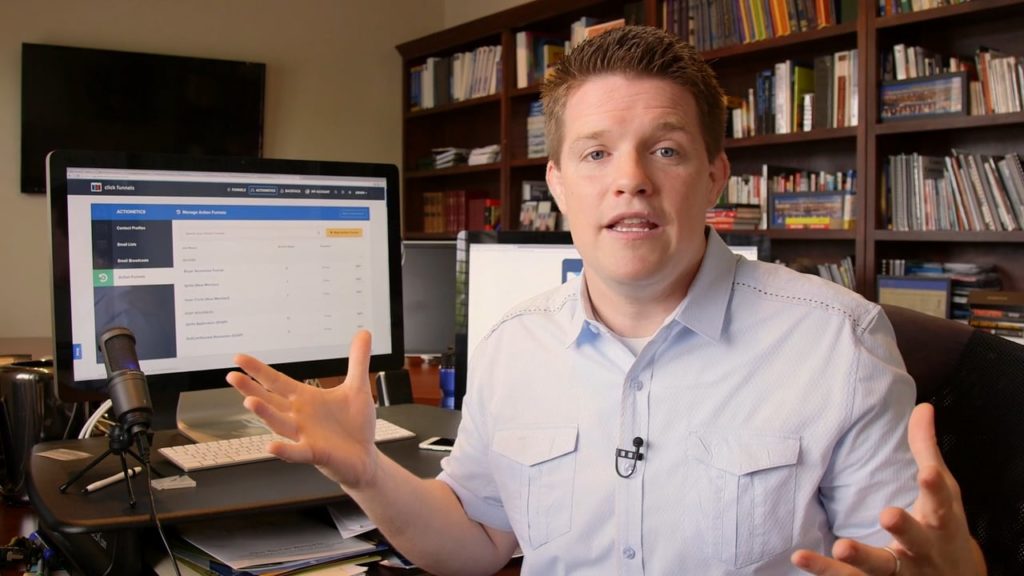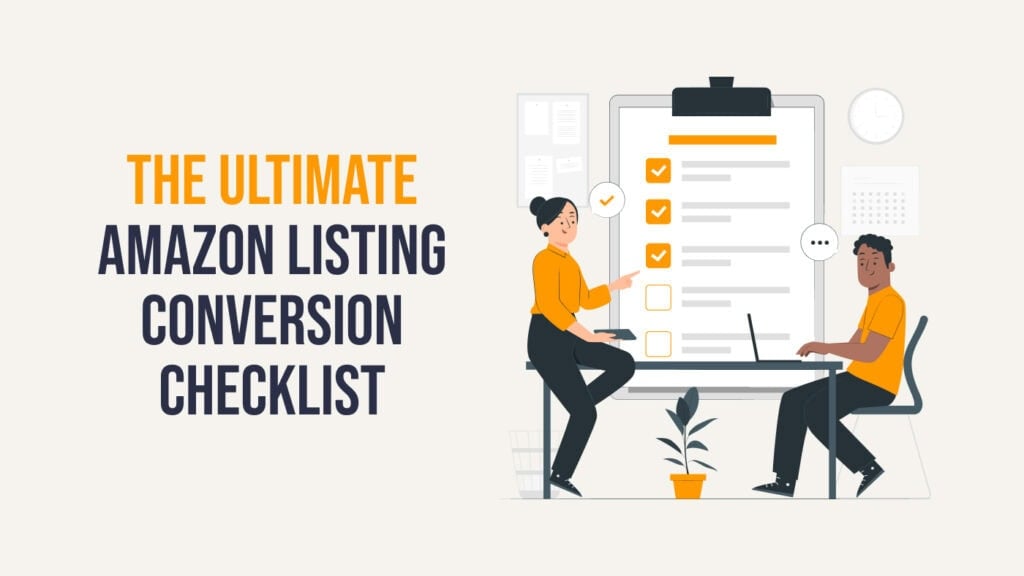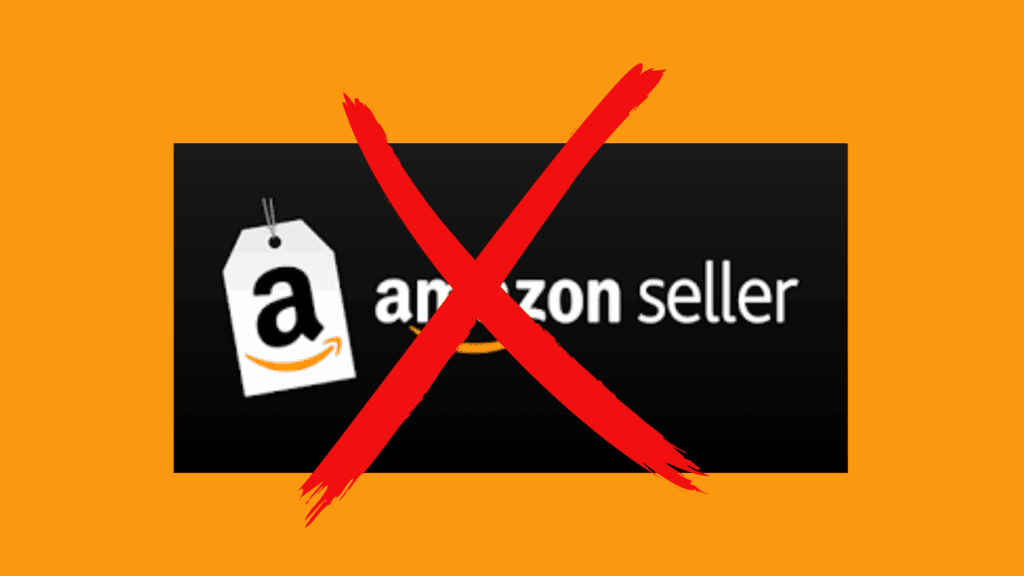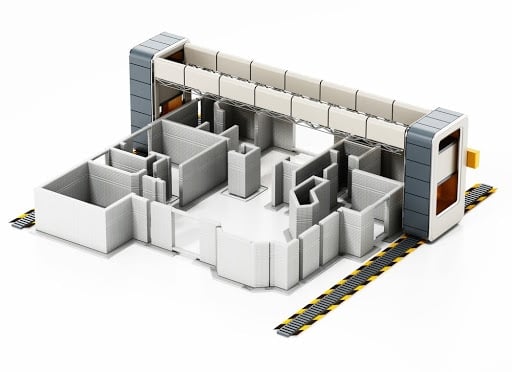When you're starting out, life as an entrepreneur means you're running from one fire to the next. You do everything.
Then you start to scale. Maybe you hire a virtual assistant or two. And things start to take off. You're making sales, and revenue starts coming in.
Can you stay on this path? Is it sustainable?
Russell Brunson built a business, only to have it collapse. He repeated the process and got the same result.
The next business he built, ClickFunnels, took off. But when he reached the million-dollar level, things started to stall. The harder Russell worked, the more difficult it was to grow his business.
He knew he was missing something, but he wasn't sure what. Then he made a surprising discovery.
Growing your business from the $1 million level to $100 million level depends on two things:
A-players and structure.
You need A-players to build your business, and a structure your A-players can follow.
Most entrepreneurs are familiar with the concept of an A-player. But what specifically is an A-player?
They're professionals who are in the top 10 percent of their talent pool. They're conscientious workers who produce 8 to 10 times more than B-players. They're the influencers, movers, and shakers in an organization.
These are the people you'll need if you want to grow your business substantially past the million-dollar mark.
Why? What makes A-player so important?
Price's Law.
Price's square root law states that 50 percent of the work will be done by the square root of the number of employees.
No need to whip out your calculator. What it basically means is this:
If you have 100 employees, 10 of them will do half the work.
This is how Brunson built his business to the $100 million level. With A-players.
Imagine that your business is filled with people who are 8 to 10 times more productive than the average worker. Now imagine, using Price's law, that a few of your employees are super producers. They're 10 to 50 times more productive than everyone else.
A-players are fantastic. B- and C-players, not so much. Research estimates that a single mis-hire can cost your business anywhere from 5 to 27 times base salary.
Paying a flaky web developer $100,000 per year? That's a $500,000 loss, at a minimum.
That's scary when you realize that almost 3 out of 4 hires are mis-hires.
Here's how you find (and keep) A-players
https://www.youtube.com/watch?v=XRxeGEu_HAc
You create a system.
Russell Brunson knew it was important to find and keep the right people. He spent a lot of time up front searching for the right people.
When he found the right people, he did what he needed to do to keep them. Here's how you can find, attract and keep A-players in your business.
#1 Choose recruitment channels carefully.
Most entrepreneurs use their recruitment channels (e.g. job ads, recruiters, networking, etc.) to attract A-players but only when they have a need. That's a mistake. The search for A-players is a daily and ongoing task. Your business, your team, should always be on the lookout for A-players.
Why? Because A-players are rarely unemployed. They're exceptional so that means they're in-demand and already at another company. Use networking and direct outreach to grab an A-player.
#2 Learn to recognize A Players.
Bradford Smart, Ph.D., bestselling author of the book Topgrading, lists the characteristics of an A-player. A-players demonstrate that they're intelligent, driven, trustworthy, adaptable. They're very hard workers, capable leaders, humble, and above all resourceful.
As a general rule, A-players surround themselves with high performers. Look for employees that consistently demonstrate these characteristics.
#3 Build a virtual bench.
When it comes to job offers, A-players have their pick. The A-players you want may not be available. You may want to stay in touch or create opportunities for the future.
Creating a virtual bench, an A-player database of top talent gives you the details you need to stay in touch with the A-players you'd like to work with. Create a follow-up plan to stay in touch with your list sharing details your A-players care about.
#4 Use a proven hiring methodology.
Topgrading is a proven methodology you can use to get A-players to identify themselves. How?
One strategy in the Topgrading interview process requires job candidates to share references. They're then required to arrange a phone call with these references.
A-players are eager to share their experience and their wins, C-players aren't. They're unable to deliver so they disqualify themselves from the hiring process.
#5 Create a strong value proposition.
A-players are in-demand so you'll need to have a strong value proposition to attract their attention. You'll need to create a compelling offer that's attractive, exclusive, clear and credible.
The more compelling your offer the easier it is to attract and keep A-players.
#6 Keep A-players together.
A-players surround themselves with high performers. They keep each other sharp, improving productivity and performance. B- and C-players repel A-players because they end up doing a disproportionate amount of work.
Russell Brunson used A-players to build a nine-figure business. Want to build your business to the 7-figure level, 8-figure level, and beyond? You can, if you choose the right people and create the right structure.
MORE BUSINESS STRATEGY ON CAPITALISM.COM:
• 7 Ways to Keep Top Talent That Every Business Needs to Use
• 11 Management Tips to Help You Become a Better Leader
• How Angel Investors Identify Successful Founders











